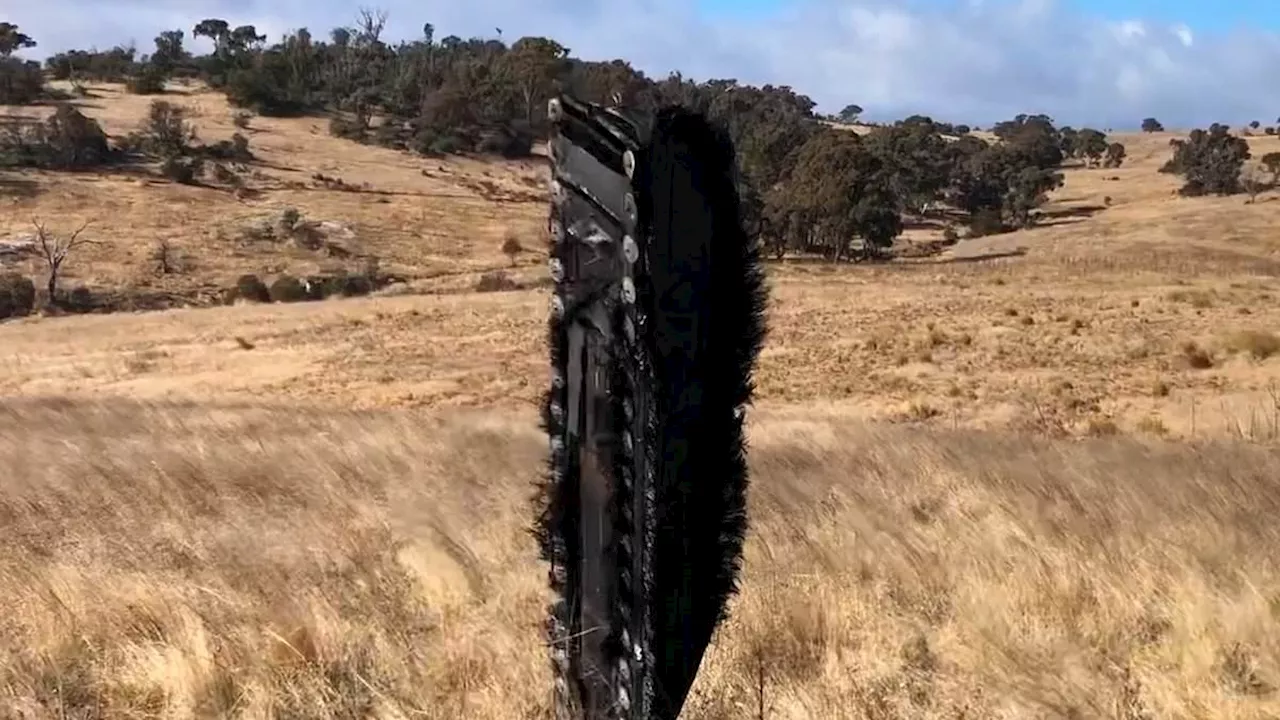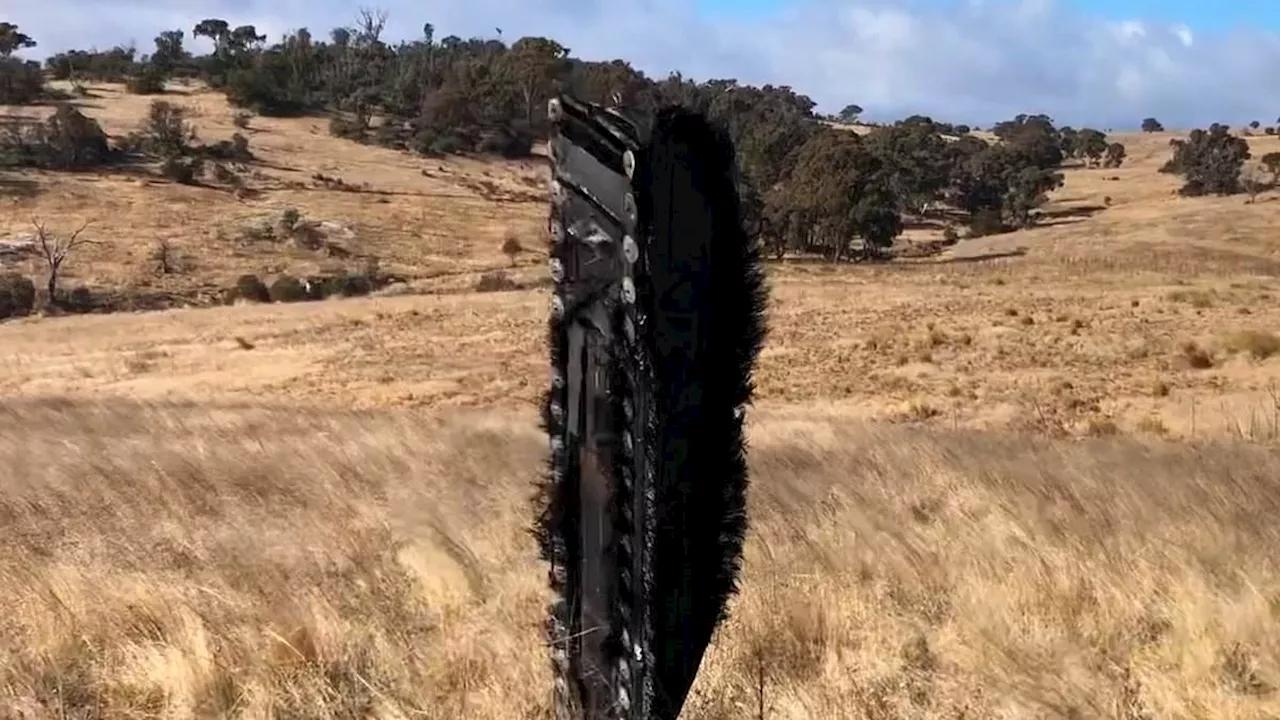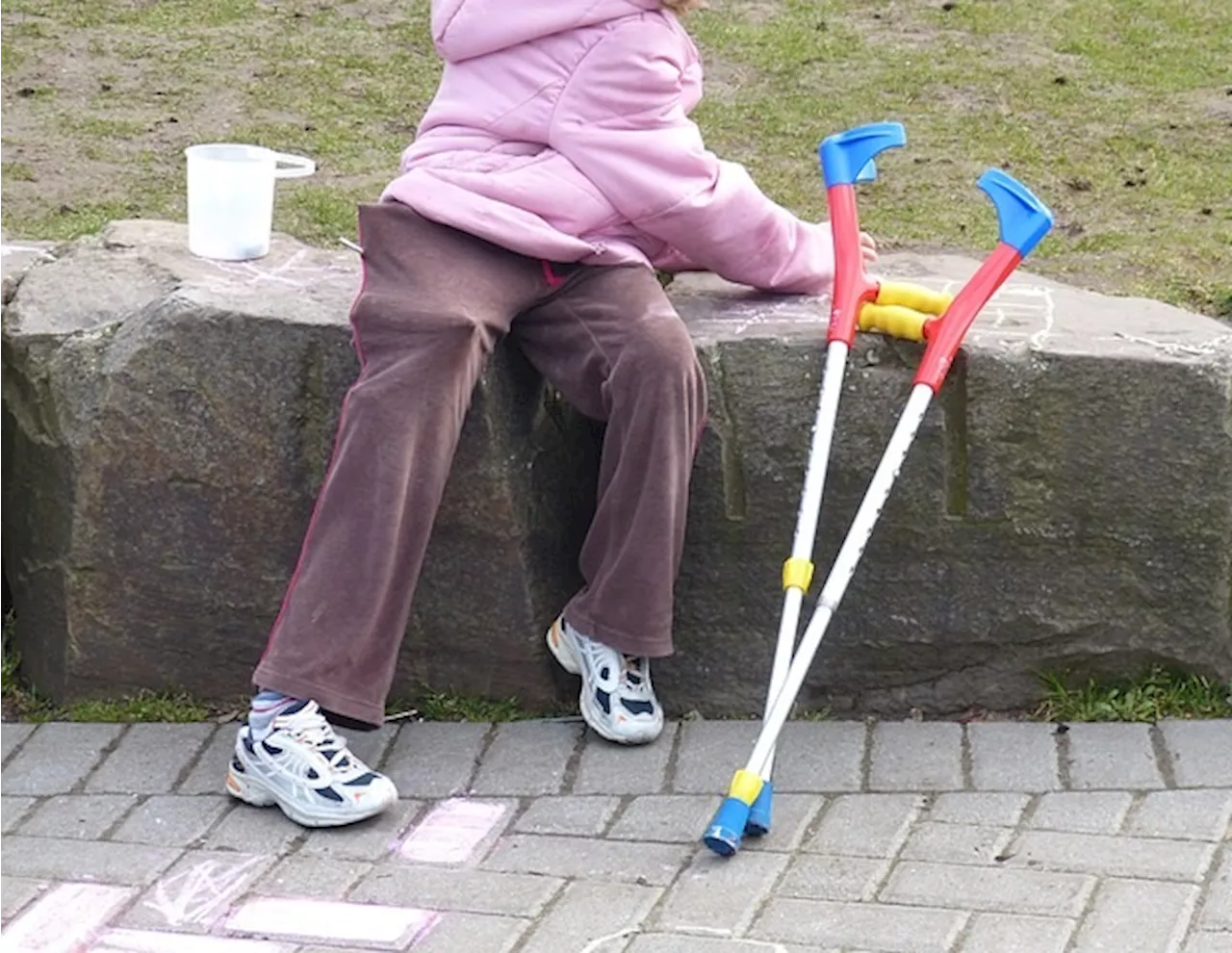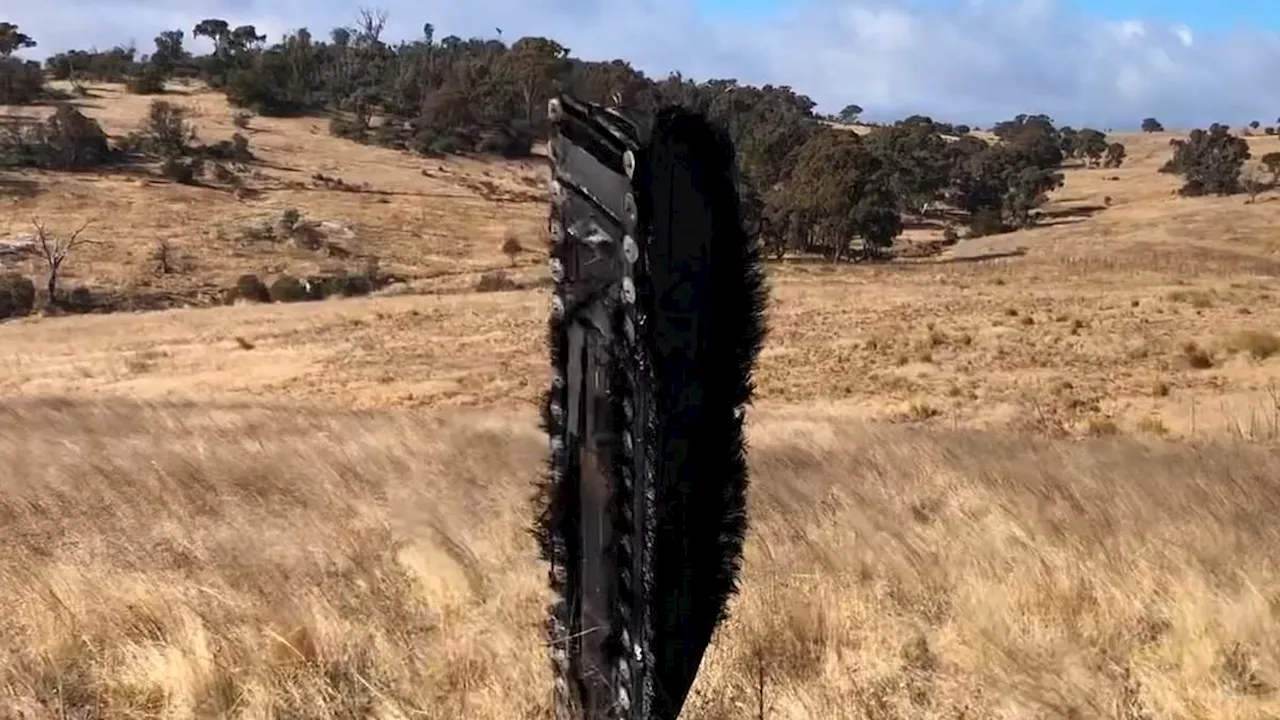Experts warn about the increasing risk of Kessler Syndrome, a chain reaction of space debris collisions that could render orbital space unusable.
Just before Christmas, a US Air Force weather satellite shattered into 50 pieces: one of about four recent 'fragmentation' events in orbit that have experts raising the alarm about 'Kessler Syndrome.' Named after American astrophysicist Donald Kessler — who first warned of its risks in 1978 — Kessler Syndrome basically describes a 'space junk' chain reaction, in which hardware smashing into each other in orbit creates runaway destruction.
Bits of broken satellites, the remains of booster rockets, wreckage from weapons tests and even objects as simple as a loose screw off a space capsule all contribute to the over 130 million estimated pieces of space junk now orbiting Earth. Only about 40,500 pieces of that debris are greater than four inches, according to the European Space Agency (ESA). The vast majority is between 0.4 to 0.04 inches long. But most of this 'space junk' is moving extremely fast, buzzing Earth at around 18,000 mph or nearly seven times faster than a speeding bullet, according to NASA. While only 650 major collision accidents have been reported since 1957, 'the number of objects in space that we have launched in the last four years has increased exponentially,' according to planetary scientist Vishnu Reddy. 'We are heading towards the situation that we are always dreading,' Reddy warned. 'Unless we do something, we are in imminent danger of making a whole part of our Earth environment unusable,' Dan Baker, the director of the University of Colorado's Atmospheric and Space Physics lab, warned during a conference this December.
Spacejunk Kesslersyndrome Orbitaldebris Satellitecollisions Spaceexploration
United Kingdom Latest News, United Kingdom Headlines
Similar News:You can also read news stories similar to this one that we have collected from other news sources.
 Space Junk: The Looming Threat of Kessler SyndromeExperts warn of the dangers of Kessler Syndrome, a chain reaction of space debris collisions that could render Earth's orbit unusable. The article discusses the increasing amount of space junk, its potential for catastrophic collisions, and the urgent need for action to mitigate this growing threat.
Space Junk: The Looming Threat of Kessler SyndromeExperts warn of the dangers of Kessler Syndrome, a chain reaction of space debris collisions that could render Earth's orbit unusable. The article discusses the increasing amount of space junk, its potential for catastrophic collisions, and the urgent need for action to mitigate this growing threat.
Read more »
 Space Junk Poses Threat to Earth's OrbitA recent US Air Force satellite fragmentation event highlights the growing concern about Kessler Syndrome, a scenario where space debris collisions create a chain reaction of destruction.
Space Junk Poses Threat to Earth's OrbitA recent US Air Force satellite fragmentation event highlights the growing concern about Kessler Syndrome, a scenario where space debris collisions create a chain reaction of destruction.
Read more »
 Kessler Foundation scientist receives grant for fall prevention research in older adultsKiran Karunakaran, PhD, research scientist in the Center for Mobility and Rehabilitation Engineering and director of the Balance Assessment and Training Laboratory at Kessler Foundation, has been awarded a three-year grant for $599,998 from the National Institute on Disability, Independent Living, and Rehabilitation Research (NIDILRR).
Kessler Foundation scientist receives grant for fall prevention research in older adultsKiran Karunakaran, PhD, research scientist in the Center for Mobility and Rehabilitation Engineering and director of the Balance Assessment and Training Laboratory at Kessler Foundation, has been awarded a three-year grant for $599,998 from the National Institute on Disability, Independent Living, and Rehabilitation Research (NIDILRR).
Read more »
 Hair-Loss Drug Linked to 'Werewolf Syndrome' in BabiesHealth experts warn that a hair-loss drug, minoxidil, could cause babies to develop 'werewolf syndrome', characterized by excessive hair growth. The warning follows a case in Spain where a baby developed thick hair growth after being exposed to minoxidil used by his father.
Hair-Loss Drug Linked to 'Werewolf Syndrome' in BabiesHealth experts warn that a hair-loss drug, minoxidil, could cause babies to develop 'werewolf syndrome', characterized by excessive hair growth. The warning follows a case in Spain where a baby developed thick hair growth after being exposed to minoxidil used by his father.
Read more »
 Study finds T cell exhaustion in chronic fatigue syndrome patientsChronic fatigue syndrome creates conditions where pathogen-killing immune T cells become exhausted, according to a new Cornell University study.
Study finds T cell exhaustion in chronic fatigue syndrome patientsChronic fatigue syndrome creates conditions where pathogen-killing immune T cells become exhausted, according to a new Cornell University study.
Read more »
 Pregnancy and the Uncomfortable Reality of Restless Legs SyndromeA pregnant woman describes her nightly struggles with Restless Legs Syndrome (RLS), a condition characterized by an overwhelming urge to move the legs to relieve discomfort. This common but lesser-known condition affects up to 10 percent of people in the UK, often disrupting sleep and leading to a cycle of fatigue and anxiety.
Pregnancy and the Uncomfortable Reality of Restless Legs SyndromeA pregnant woman describes her nightly struggles with Restless Legs Syndrome (RLS), a condition characterized by an overwhelming urge to move the legs to relieve discomfort. This common but lesser-known condition affects up to 10 percent of people in the UK, often disrupting sleep and leading to a cycle of fatigue and anxiety.
Read more »
